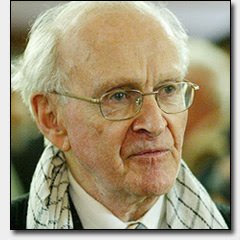Un chat provoque l’explosion d’une chambre à gaz destinée à la mise à mort d’animaux (1936)
(reproduction d’un article de presse ici) Le gaz ici employé était explosif mais sa nature n’était pas spécifiée. Il s’agissait fort probablement d’acide cyanhydrique ou cyanure d’hydrogène (HCN), composant explosif du Zyklon B (inventé dans les années 1920). L’occasion ici se présente de rappeler le caractère explosif d’un tel gaz employé parfois pour tuer des nuisibles ou pour exécuter un condamné à mort.
